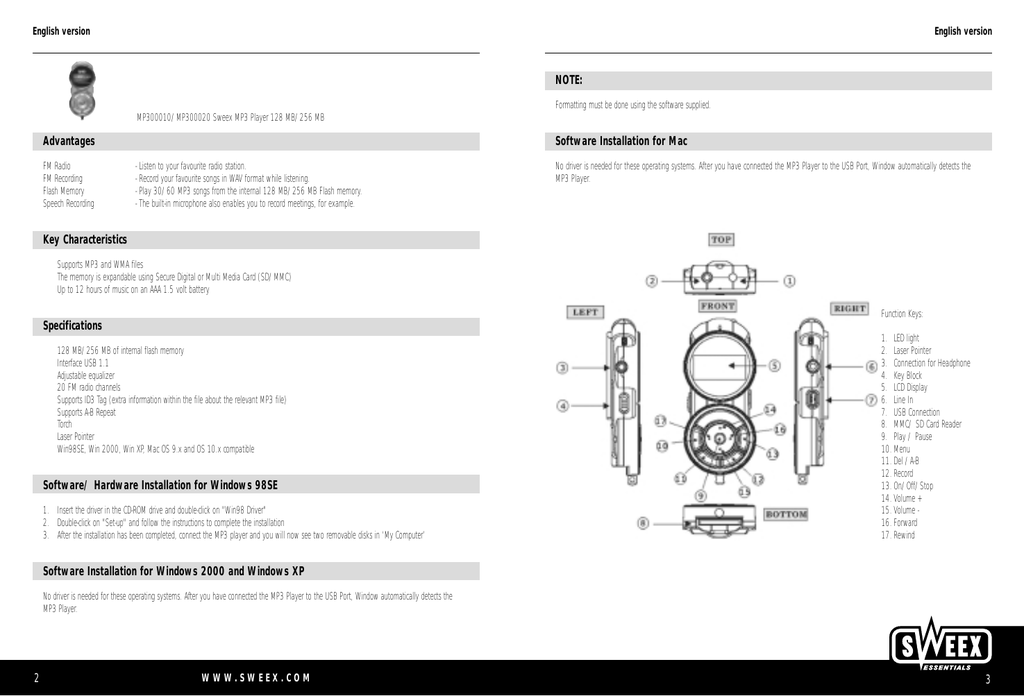

Both have an ultra-low-latency USB interface that flawlessly captures every channel, which can then be mixed or transferred to a DAW for further mixdown and production. The console is designed to deliver pristine recordings.

Accompanying the consoles are free downloads of the Lexicon MPXL native plug-in and Ableton Live 9 Lite. In addition, the console’s multi-track USB audio interface allows any VST/AU/AAX/TDM/RTAS plug-ins to be inserted on any input channel, enabling studio plug-ins to be seamlessly integrated with live performances. It includes a wide variety of built-in Lexicon studio-grade reverb, chorus, modulation and other effects and dbx limiters on the input channels. They employ Soundcraft’s Sapphyre Assymetric EQ for perfectly equalizing every vocal and instrumental element in a mix with the unmistakable musicality inherent in every Soundcraft console, plus the GB Series audio routing technology famous in thousands of live venues worldwide. The preamp inputs are all capable of accepting mic, line or instrument-level signals, and the interfaces feature a 32-bit ADC/DAC and can both run at sample rates from 44.1kHz up to 192kHz.īoth new interfaces are available to order now from all the usual ART stockists, and they also ship with a free copy of Steinberg Cubase LE.The Soundcraft Signature 12MTK incorporate Soundcraft’s iconic Ghost mic preamps, directly drawn from the company’s top-of-the-line professional consoles, to deliver extraordinary audio quality with high headroom, wide dynamic range and exceptional resolution and clarity with a superb signal to noise ratio. Gain for the preamps on both models is controlled from the front, as is phantom power activation, and the monitoring section over on the right features an Input Monitor switch, for zero-latency foldback. Both employ the ubiquitous USB 2.0 format, and feature independent front-panel controls for their built-in headphone amps and stereo monitor outs (the latter are found on the rear panel).īoth interfaces sport full-size 5-pin DIN MIDI In and Out, but are distinguished by their number of low noise discrete mic preamps: two in the USB Pre II, and four in the USB Pre IV. Outputs are transformer isolated with two on the USB Pre II and four on the USB Pre IV, as you've probably already guessed! ART have just released a brace of affordable USB audio interfaces, dubbed the USB Pre II and USB Pre IV.


 0 kommentar(er)
0 kommentar(er)
